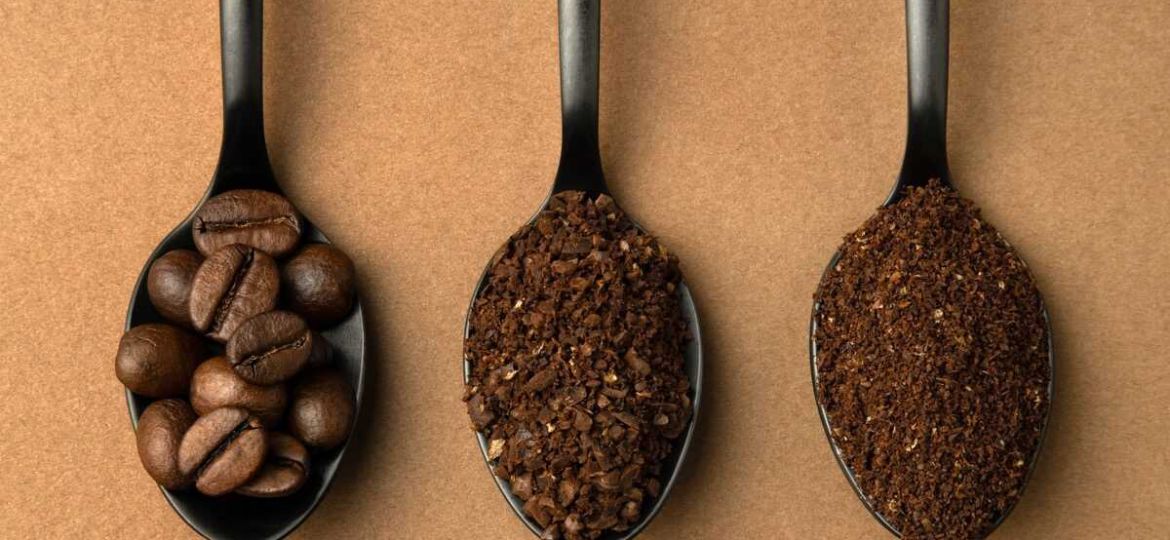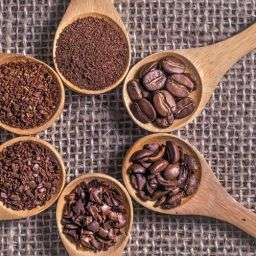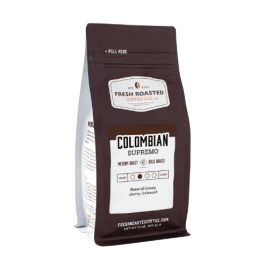
Coffee lovers often wonder if they can squeeze a bit more life out of their used coffee grounds. It’s not just about getting the most bang for your buck; it’s also about reducing waste and exploring the versatility of coffee. In this article, we’ll dive into the ins and outs of reusing coffee grounds, what experts say about it, and some creative alternatives to tossing them in the trash.
Key Takeaways
- Cost-Efficient but Taste Compromises: Reusing coffee grounds can certainly save a few pennies, but it comes with a catch – the flavor diminishes with each brew. The second cup might still be palatable to some, but don’t expect the robustness of your first cup.
- Brewing Method Matters: Not all brewing methods are equal when it comes to reusing grounds. Espresso might turn out too bitter, while a French press could yield a slightly better second cup. But in general, the consensus leans towards using fresh grounds for the best taste.
- Expert Consensus: Most coffee aficionados and experts suggest sticking to fresh grounds for that perfect cup. Reusing grounds might be an interesting experiment but not something they’d recommend for the best coffee experience.
- Think Beyond the Cup: Before you toss those spent grounds, consider other uses. They can be great for composting, as a natural skin exfoliant, or even to help neutralize odors. Coffee grounds are not just for brewing; they’re a versatile ingredient in the home.
How Many Times Can You Reuse Coffee Grounds?
Reusing coffee grounds? It’s a question that sparks debate among coffee enthusiasts. The general consensus is that while you can reuse coffee grounds, it’s not the best idea if you’re after a top-notch cup of joe. You might get away with brewing them up to three times, but each successive brew will be weaker in flavor and caffeine content. Think of it this way: if the first cup is a full symphony of flavors, by the third time, you’re just getting the echo of the music.
Understanding the Impact on Flavor and Caffeine
When it comes to flavor and caffeine, fresh is always best. The first brew extracts most of the coffee’s essential oils, acids, and caffeine, which contribute to its rich taste and energizing effect. By the second or third use, what’s left in the grounds will mostly be the bitter components, not the invigorating flavors and aromas you love.
Caffeine, in particular, is highly soluble in water. So, most of it bids farewell in the first brew. If your morning ritual relies on coffee for a caffeine kick, a second brew might leave you disappointed. Imagine a less vibrant, more muted version of your beloved coffee – that’s what you get with reused grounds. It’s like expecting the same zest from a teabag you’ve already used; the essence is mostly gone after the first use.
Brewing Methods and Coffee Ground Reuse
When it comes to reusing coffee grounds, the method you choose plays a big role in the outcome. Let’s break it down:
- Espresso: Trying to pull a second shot with the same grounds? You’re likely to end up with a very bitter, watery espresso lacking the rich crema and intense flavor of the first shot. It’s generally not recommended to reuse grounds for espresso due to these significant quality drops.
- Pour-Over: With pour-over, reusing grounds will result in a much weaker, under-extracted coffee. The nuanced flavors and aromas you’d typically get from a pour-over will be largely absent, and you’ll likely be left with a cup that’s more akin to weak tea than robust coffee.
- Cold Brew: Cold brew might be the most forgiving when it comes to reuse. Since the brewing process is slower and involves cold water, reused grounds can still yield a somewhat flavorful drink, albeit much less vibrant and rich than the first batch. The difference is noticeable, but it’s less stark than with hot brewing methods.
- French Press: With a French press, reusing grounds can still produce a somewhat acceptable cup, especially compared to espresso or pour-over. However, expect a significant drop in strength and flavor complexity. It won’t deliver the full-bodied experience typical of the first brew.
Expert Opinions on Coffee Ground Reuse
Coffee experts tend to agree on one thing: fresh is best. While there’s some curiosity and experimentation around reusing grounds, the consensus is clear that for the best cup of coffee, you should always start with fresh grounds.
Experts argue that coffee should be a delightful sensory experience, and reusing grounds compromises this experience significantly. The optimal extraction of flavors and oils occurs during the first brew, and anything after that is a steep decline in quality. The recommendation for those who cherish their coffee experience is to avoid reusing grounds and instead explore alternative uses for them outside of brewing.
Alternative Uses for Spent Coffee Grounds
Composting: Coffee grounds are a great addition to your compost bin. They’re rich in nitrogen, which helps break down organic material, benefiting your garden soil.
Skin Scrubs: Mix used coffee grounds with a bit of coconut oil or honey for a natural, exfoliating scrub. It’s a great way to rejuvenate your skin, removing dead cells and boosting circulation.
Odor Neutralizers: Coffee grounds can absorb and eliminate odors. Dry them out and place them in a bowl in your fridge or sprinkle them in areas prone to mustiness. They’re particularly good at neutralizing food odors.
FAQs
Is it okay to use coffee grounds twice? It’s possible, but not recommended for those seeking quality in their cup. The second brew will be much less flavorful and weaker in caffeine.
How does reuse affect different brewing methods? Espresso and pour-over methods suffer the most in terms of flavor and quality, while cold brew and French press are slightly more forgiving, albeit still not ideal.
Can you use coffee grounds twice for espresso? It’s especially not recommended for espresso, as the second shot will be very weak, lacking in flavor, and missing the characteristic crema.
Final Thoughts
While reusing coffee grounds can be seen as a nod to sustainability, it’s a compromise on the quality and enjoyment of your brew. If coffee is more to you than just a caffeine source, fresh grounds are the way to go. Yet, those spent grounds still hold value, just not in your coffee maker.









